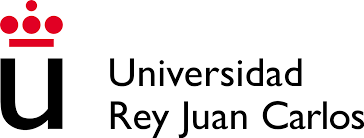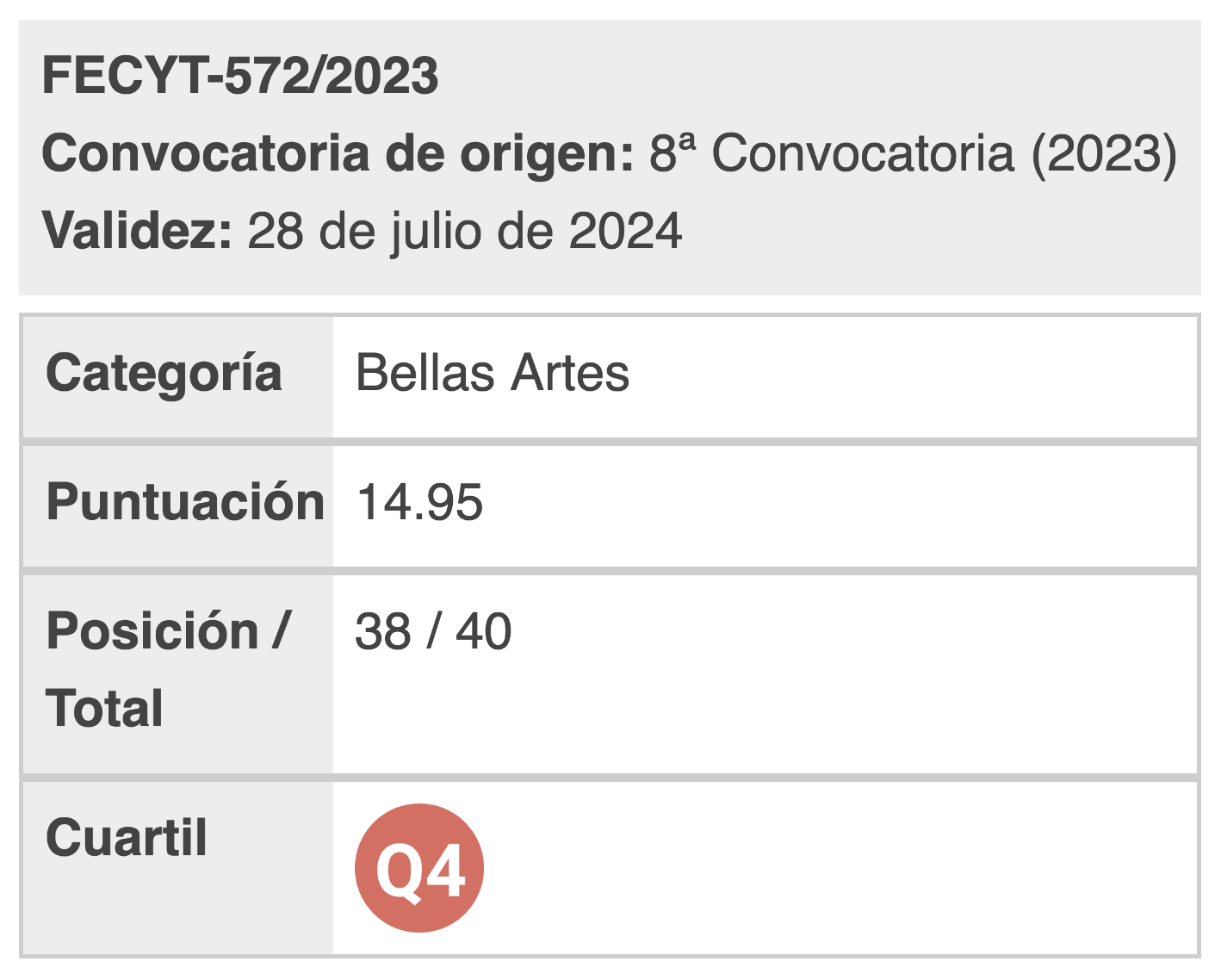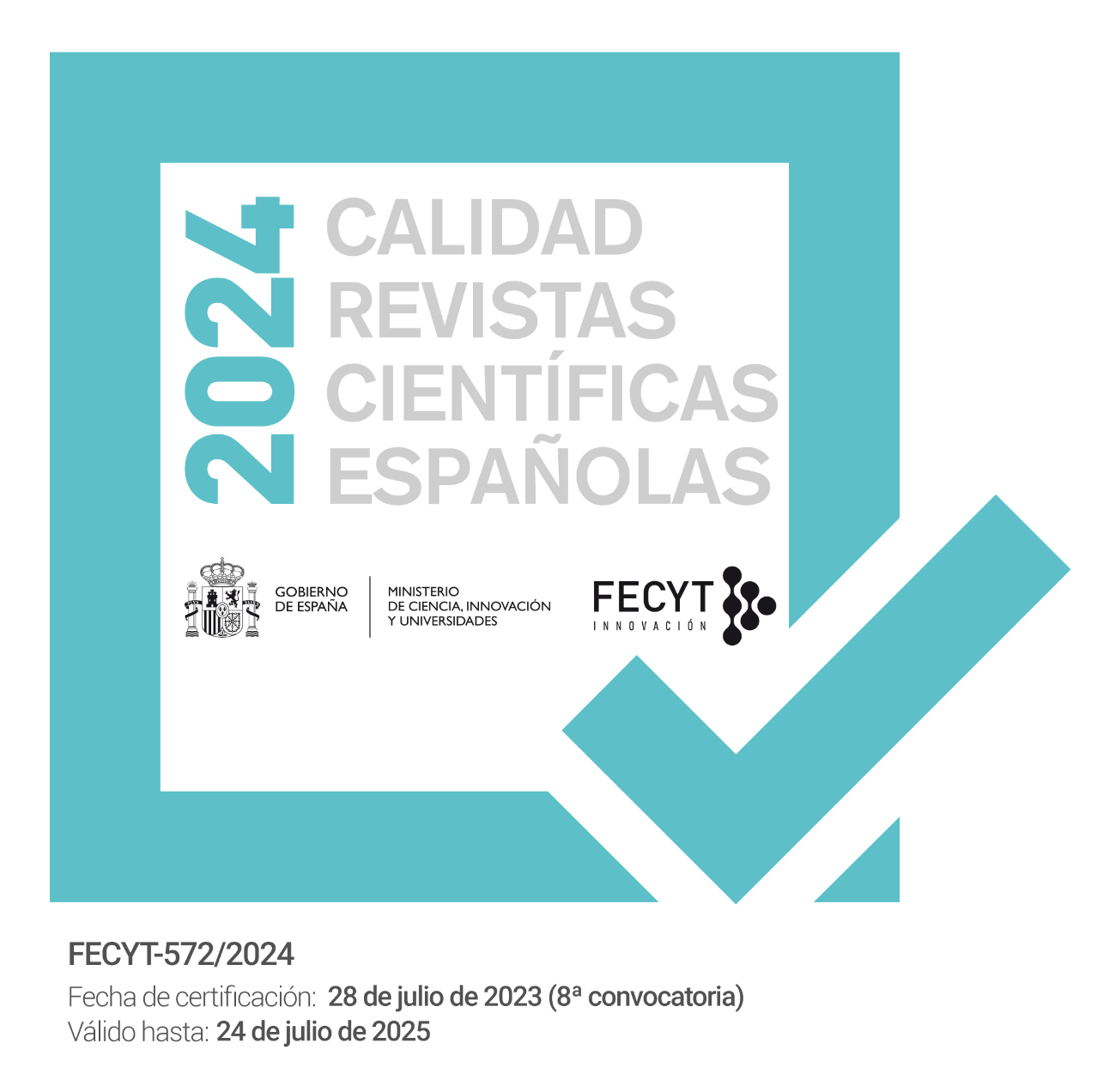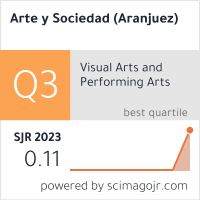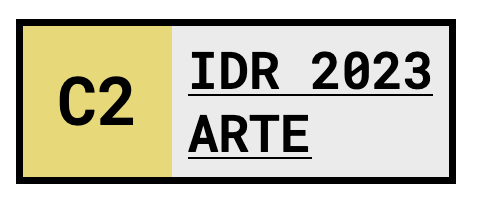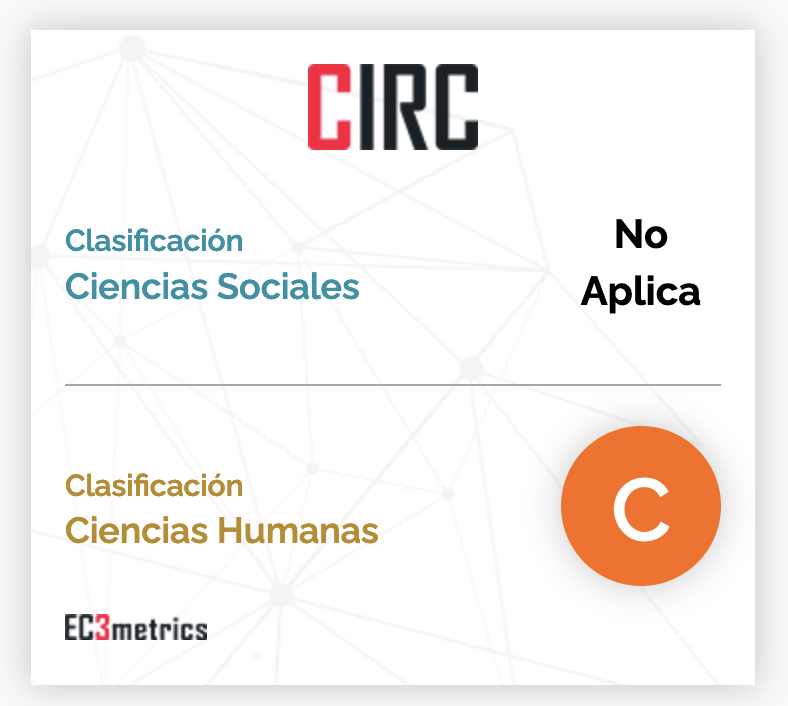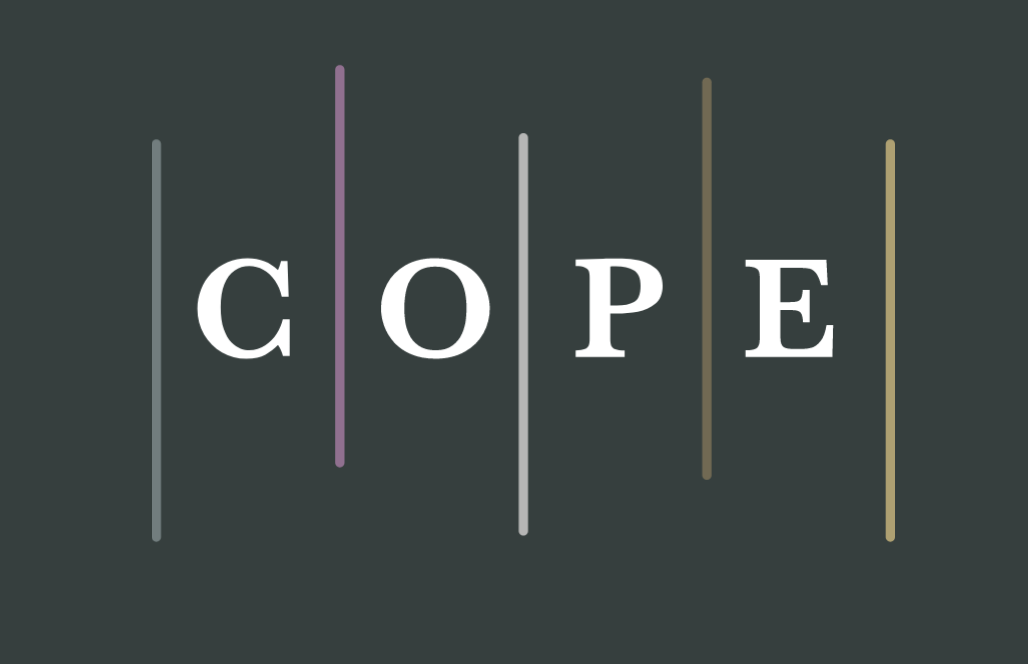The Tangible Heritage of Dance
DOI:
https://doi.org/10.5281/zenodo.7651321Keywords:
Heritage, Dance, Clasification, Preservation, Categorization, Tangible ArtifactsAbstract
Dance, as an ephemeral discipline and an integral part of the intangible cultural heritage, has sought since ancient times the way to transcend in time beyond its generational transmission based on the corporeal and the oral. In addition to the texts and choreographic notations used centuries ago as a documentary record of dances and choreographies, we add the important audiovisual record that emerged during the last 20th century and the echo of digitization, assuming more and more prominence every day. In this article, we will address a bibliographic review about the situation of dance heritage and its documentary records and, subsequently, we will show an example of the classification of this heritage, because of the collaboration of various experts at a national level in the context of a study carried out on the institutions from the Dance Heritage Map in Spain.
References
Álvarez, A. (2008). Documentar la danza. En Roseras Carcedo, E. (coord.), Los servicios de información y documentación en el marco de la cultura y el arte contemporáneo (pp. 183-208). Trea.
Asiáin, A. (2013). El patrimonio cultural inmaterial: estado de la cuestión en el décimo aniversario de la Convención de la UNESCO (con una mirada especial a Navarra). Cuadernos de etnología y etnografía de Navarra, (88), 125-168. https://academica-e.unavarra.es/handle/2454/26405
Bermúdez, B. (2016). Performing archives: New ideas on dance documentation and the archive. Príncipe de Viana, (266), 1329-1345. https://dialnet.unirioja.es/descarga/articulo/6030113.pdf.
Blasis, C. (1830). Trattato elementare, teorico-pratico sull' arte del ballo. (Trad. P. Campilli). Bordandini. (Trabajo original publicado en 1820).
Bräuninger,R. The Oral Archive as a Form of Dance Archive. Dance Research, 38(2) (2020), 242-254.
Brooks, L. M. y Meglin, J.A. (2011). Preserving Dance as a Living Legacy. Dance Chronicle, 34(1), 1-4.
Chernetich, G.C. (2020). Orality at Work in the Body-Archive. A Case Study with Tanztheater Wuppertal Pina Bausch’s Italian dancers. Dance Research, 38(2), 230-241.
Côté, J.A. (2015). De la danse au musée: mémoires de l’oeuvre chorégraphique contemporaine. Muséologies, 7(2), 55-70. https://doi.org/10.7202/1030250ar
Delfín, M. (2012). La música mexicana, patrimonio tangible e intangible. Recuperado el 10 enero de 2018, de http://www.ciberjob.org/etnohistoria/musica.html
Dormaels, M. (2012). Identidad, comunidades y patrimonio local: una nueva legitimidad social, Alteridades, 22(43), 9-19.
Esling (2013). Dance Archives in an Online Environment: The Impact of Digital Media on the Preservation of Dance History. Canadian Theatre Review, (156), 30-34.
Garfinkel, Y. (1998). Dancing and the Beginning of Art Scenes in the Early Village Communities of the Near East and Southeast Europe. Cambridge Archaeological Journal, 8(2), 207-237. https://revije.ff.uni-lj.si/DocumentaPraehistorica/article/view/37.18/1710
Gómez Cairo, J. (2013). Estrategia de inserción del Patrimonio Musical en los actuales procesos socioculturales. En Memorias del Taller Internacional Patrimonio Musical: Rescate y Difusión (pp. 10 – 22). Museo Nacional de la Música.
Gómez Rendón, J. (2014). De-construir el patrimonio… En Rostain, S. (ed.), Antes de Orellana, Actas del 3er Encuentro Internacional de Arqueología Amazónica (pp. 423-432). Instituto Francés de Estudios Andinos.
Gran Teatro del Liceo. (1952). Programa de mano de la presentación de la compañía del NYCB en el teatro del Liceo en Barcelona. Archivo de la Sociedad del Gran Teatro del Liceo. https://ddd.uab.cat/record/142315
Gran Teatro del Liceo. (1962). Correspondencia entre J.A. Pamias y la Junta de Govern de la Societat del G.T. del Liceu sobre la contratación de la compañía de danza Antonio Ballet Español para la temporada de 1962. Archivo de la Sociedad del Gran Teatro del Liceo. https://ddd.uab.cat/record/182424
Hudson, C. (2008). Préface. En Leclercq, N., Rossion L. y Jones A.R. (dir./eds.), Capter l’essence du spectacle. Congrès de Glasgow SIBMAS (2008). Peter Lang.
Johnson, C.J. y Snyder, A.F. (1999). Securing our Dance Heritage. Council on Library and Information Resources.
LaFrance, C. (2011). Choreographers' archives: three case studies in legacy preservation, Dance Chronicle, 34(1), 48 – 76. https://www.jstor.org/stable/29777232
Le-Clere, Y. (2019). Patrimonio musical, un acercamiento. AV Notas, (7), 81-91.
Ley 9/1993, de 30 de septiembre, del Patrimonio Cultural Catalán. 4 de noviembre de 1993. BOE nº 264.
Ley 10/2015, de 26 de mayo, para la salvaguardia del Patrimonio Cultural Inmaterial. 27 de mayo de 2015. BOE nº126.
MacSkimming, R. y D'Entremont, F. (2005). Legacy, transition succession: supporting the past and future of Canada’s Arts Organizations. Informe para el Canada Council for the Arts. https://conseildesarts.ca/recherche/repertoire-des-recherches/2005/03/patrimoine-transition-succession
Martínez de Bourio, J.M. (1962). Contrato entre el Casino Chatby, en Alejandría (Egipto), y Juan María Martínez de Bourio Balanzategui, agente de espectáculos. Archivo Regional de la Comunidad de Madrid.
Minguet e Irol, P. (1764). Breve tratado de los pasos del danzar a la española. Imprenta del autor.
Ministerio de Educación, Cultura y Deporte. (2015). Plan Nacional de Salvaguarda del Patrimonio Cultural Inmaterial. Ministerio de Educación, Cultura y Deporte.
Mones i Mestre, N. (1998). Estado de la cuestión de los archivos de artes escénicas para el estudio de la danza en Cataluña, Cairon, (4), 41 – 50.
Nijinska, B. (1924). Choreographic notes for Bronislava Nijinska's Le Train Bleu. [Documento manuscrito]. Library of Congress. https://www.loc.gov/resource/ihas.200156355.0
Nocilli, C. (2013). El manuscrito de Cervera. Música y danza palaciega catalana del siglo XV. Amalgama.
Noland, C. (2013). Inheriting the Avant-Garde: Merce Cunningham, Marcel Duchamp, and the "Legacy Plan", Dance Research Journal, 45(2), 85 – 121.
Noverre, J.G. (1760). Lettres sur la danse, et sur les ballets. De la Roche.
Peter, F.M. (2009). The German Dance Archive, Cologne (Deutsches Tanzarchiv Köln), Dance Chronicle, 32(3), 476 – 489.
Séchan, C. (1836). Boceto de escenografía del ballet El diablo cojuelo. Biblioteca Nacional de Francia (Gallica).
Tolosa, L. (2016). El archivo de la danza. En Actas del IV Congreso Nacional y I Internacional La investigación en danza. (pp. 235-248). Mahali.
Triolaire, C. (2014). Histoire et patrimoine(s) : les arts de la scène face à la mémoire patrimoniale. En Actes du seminaire du 25 avril 2014 à Clermont-Ferrand “Les parcours d’Education artistique et culturelle à l’ère du numérique” (pp. 18-28). Académie Clermont-Ferrand. https://www.ac-clermont.fr/disciplines/fileadmin/user_upload/ArtsAppliques/Informations_institutionnelles/PEAC/PEAC_seminaire_2014.pdf
UNESCO (2003). Convención para la Salvaguardia del Patrimonio Cultural Inmaterial. http://unesdoc.unesco.org/images/0013/001325/132540s.pdf
Zorn, F.A. (ca.1880). Atlas zur Grammatik der Tanzkunst. Weber. https://ausstellungen.deutsche-digitale-bibliothek.de/tanz/items/show/45

Published
How to Cite
Issue
Section
License

This work is licensed under a Creative Commons Attribution 4.0 International License.
You are free to:
Share — copy and redistribute the material in any medium or format.
Adapt — remix, transform, and build on the material for any purpose, including commercial.
Attribution — You must properly acknowledge the authorship, provide a link to the license, and indicate if any changes have been made.
You may do so in any reasonable manner, but not in any way that suggests that you endorse or receive any endorsement by the licensor for your use.
No additional restrictions — You may not apply legal terms or technological measures that legally restrict you from doing what the license allows.

